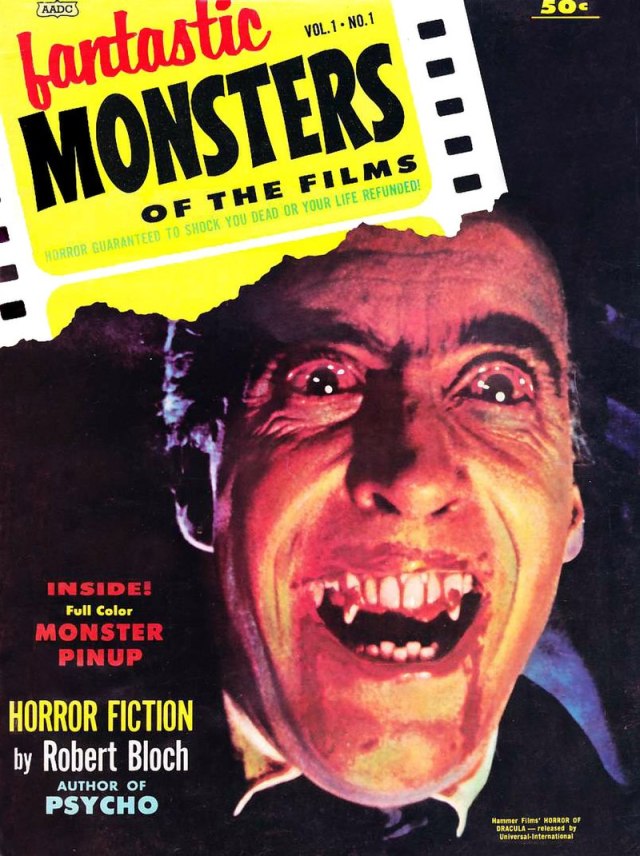
Life’s no fun without a good scare – ‘This Is Halloween’ (Nightmare Before Christmas)
I love horror movies. There’s something so cathartic about a good scream when a zombie lurches up behind you, don’t you think?
There have been horror movies as long as there has been film. There are clever and ingenious ghostly special effects in a pre-World War One cinematic adaptation of Charles Dickens’ A Christmas Carol, still guaranteed to give you a delicious shiver and make you jump. A vintage favourite of mine, FW Murnau’s Nosferatu (an early and very unofficial adaptation of Bram Stoker’s Dracula), was made back in 1922 and is still genuinely groundbreaking – and genuinely scary.
In fact, horror storytelling in its numerous forms has probably been around for as long as mankind itself – how else to account for the numerous monsters and dragons and giants who weave their way through the ancient myths and legends of pretty much every culture known to humans?
Tales of these creatures, often depicted as real explanations of natural events for which contemporary humans had no scientific explanations, gradually became stretched and retold into spooky stories to tell round the fire on long, dark nights.
There are numerous accounts of terrible monsters, ghostly apparitions and demonic presences that were simply an everyday part of the world people of the past lived in, etched deep into the landscape, and the fears addressed by such tales (as well as later horror media) act as a reflection of the society they are produced in.
In our perhaps more cynical modern world, we know that scary stuff sells. But only to a given value of scary; instead of our ancestors’ spooky reality, we like our fear safe and vicarious, watched from a distance and mediated through a screen or the pages of a book. We want to be frightened, we want that thrill, but we want to control the fear – give us shiny, curated horror in the familiar safety of the cinema or our own homes and we’ll happily buy into that.
Hollywood has long known this, hence the growth of such film monster magazines and volumes of horror stories during the first half of the 20th century which allowed the consumer to buy directly into the seemingly eternal popularity of a damn good escapist cinematic scare. Most of these titles came and went with little fanfare, but they (and the stories they told) had a major influence on many writers and film-makers who came later.
Alongside the relatively new genre of sci-fi, horror was very much a B-movie and pulp magazine staple during this period and scary themes were also utilized in all kinds of popular culture, including advertising for various products, trashy books, and numerous other forms of entertainment (you can see a few examples of this in the slideshow below).
For example, the image of the charming and strangely bloody gentleman at the top of this post is from the cover of one such pulp magazine: the first issue of the short-lived Fantastic Monsters Of The Films – it’s an iconic shot of horror legend Christopher Lee baring his bloodstained fangs as the titular vampire in the Hammer Studios adaptation of Dracula.
And Christopher Lee is one of a select group of actors who came to define the horror genre during this period – and thus, by extension, these performers were the go-to cover stars of this type of media. Contemporary horror movies and magazines worked hand in hand to maintain the popularity of a genre that shows no sign of stopping in our modern world. The special effects may be more technologically advanced these days, and tastes may have changed (or not?), but we still can’t resist a good scare…
For more Halloween posts click here!
